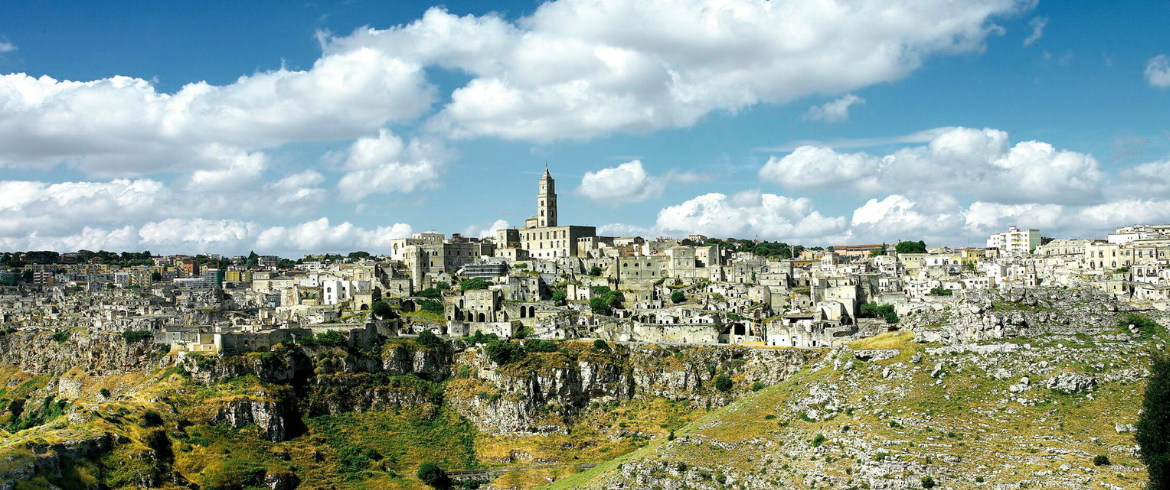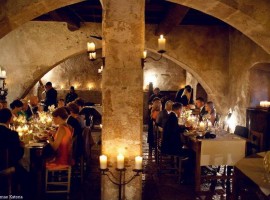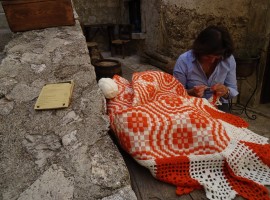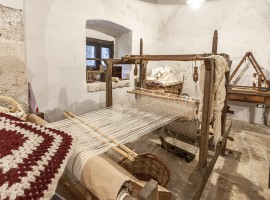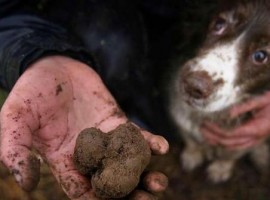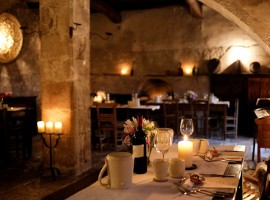An ancient fortified abandoned village at 1250 meters of elevation at the feet of Gran Sasso, has been rediscovered thanks to a Swedish entrepreneur. This is the history of Santo Stefano, Sextantio, a small village into the mountains of Abruzzo that has acquired a new life thanks to the practice of the “Albergo Diffuso”. Today it is a better practice, an authentic and eco-sustainable hospitality model that has inspired the development of the green tourism in the Park of Gran Sasso and into the mountains of the Laga.
During a summer night, the Swedish entrepreneur Daniele Kihlgreen was traveling with his motorcycle on the narrow streets of Gran Sasso, when he saw a little and almost abandoned village, Sextantio. It was love at first sight. Kihlgren was captured by the harmony of the architectural elements, the houses on the hills, the medieval tower and the virgin landscape.
An magical place that was not destroyed by the urbanization. The exception that confirms the rule of the urban demolition of several Italian villages, where the new buildings have surrounded the historical centers destroying the original harmony of the landscape.
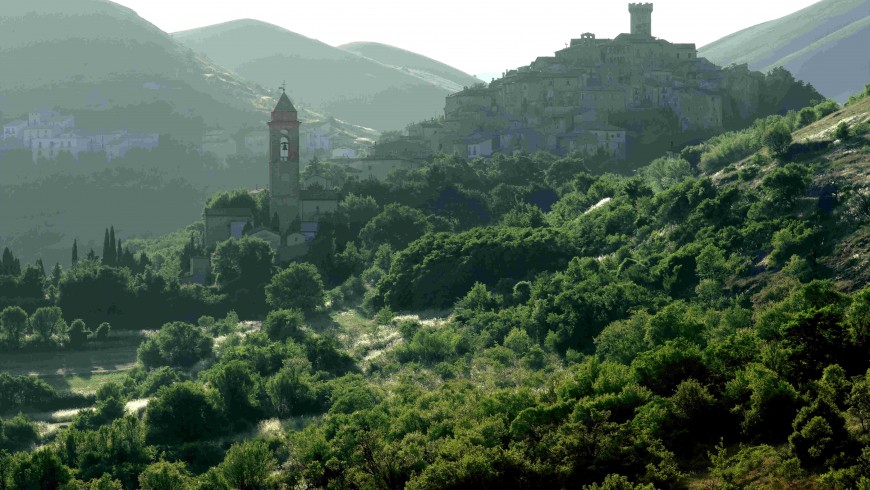
Sextantio: from an abandoned village to a new form of hotel
What happened to Sextantio? The same history that happened to several Italian villages: starting from the ‘900, the citizens left the village and went the towns to work. Kihlgren has decided to preserve this village giving it a new life with a project of sustainable tourism. In this way, he recovered the buildings according to the bioarchitecture to create an original and authentic accommodation: the “Albergo Diffuso”.
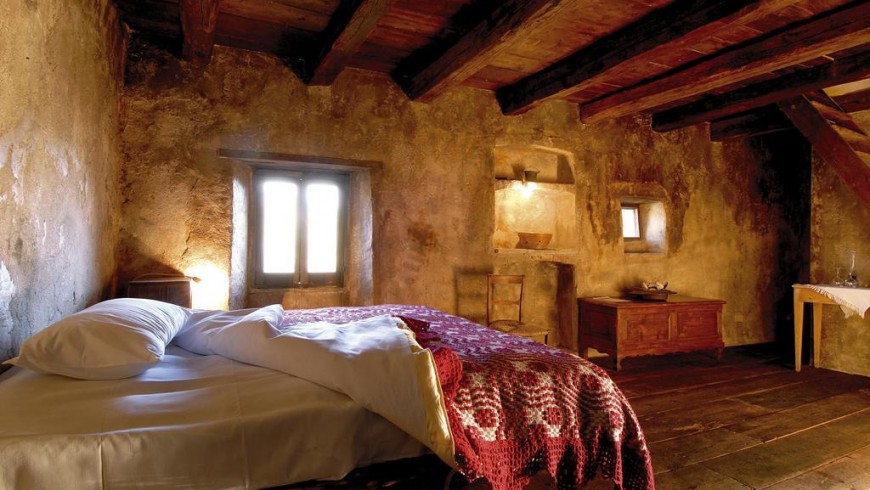
3.500 square meters of buildings have been transformed into an accommodation with 27 rooms, 55 beds in 13 streets and squares. Not a real hotel, but an “Albergo Diffuso”. The principle value for the project is the prohibiting building. That means to do not build buildings to respect what is already existing, using local materials, without building nothing new but simply restoring the original buildings. The village was in this way prequalified using the original materials with traditional techniques that require the use of cement and local limestone.
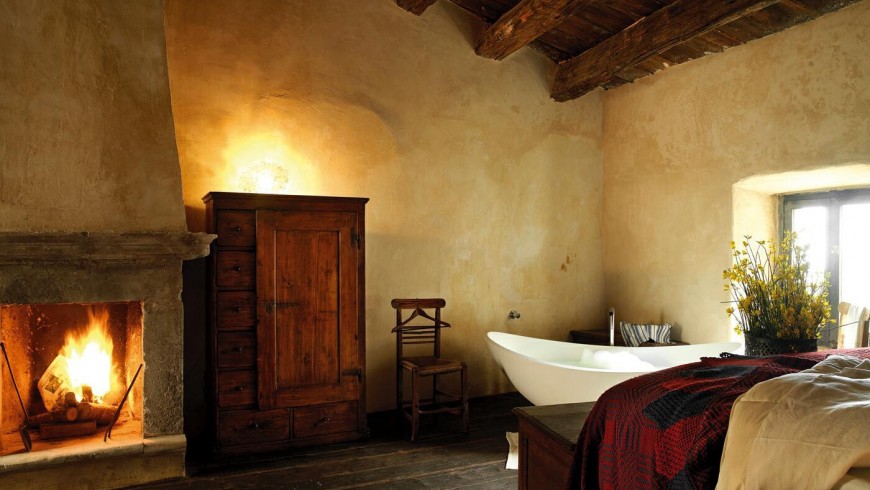
The same happened for the furniture. Ancient furnitures, cotton towel woven using the tradition and colored blankets.
The technology is present but not visible. Under floor heating and remote control for the lights and utilities, to avoid light and other switches. There is no television, no telephone or fridge. Just the wifi. Every place has the original use and the walls still present the ancient marks.
Moreover, the project includes a traditional handicraft shop, an original pub to taste the local food at kilometer zero and a cellar for the tasting of the typical products.
A project that inspires the tourist reborn of Santo Stefano
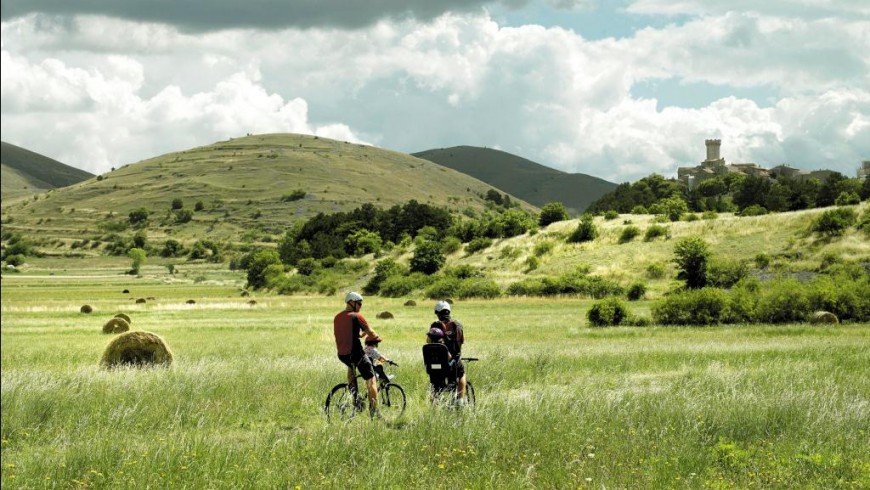
In the year 2002, the administration of Santo Stefano and the Institution Park of Gran Sasso and of the Mountains of the Laga have subscribed a Value Chart, an environmental and landscape guide to give continuity to the scattered hotel to make it permanent.
In fact, in November 2013, the municipality has predicted for the urban unit of Santo Stefano, an extension of 500.000 square meters, an absolute prohibiting building to preserve the integrity and unicity of the village.
The success of Sextantio
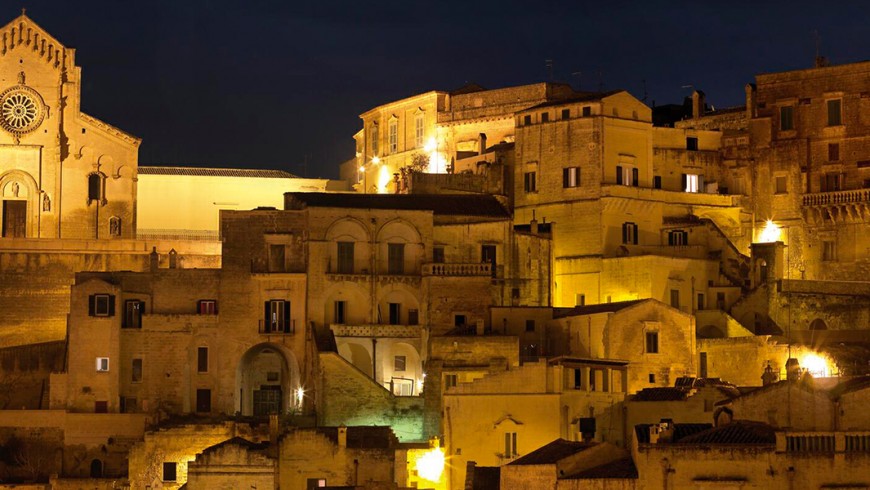
Sextantio is a business that works, that has permitted the progressive recovery and growth of the local economy. First of all, the value of the houses has tripled. There no more flats. Florentines, Venetians, Bolognese and of course British, the Germans, the French and the Belgians have purchased the most beautiful flats. Furthermore, the 21 hospitality of the “Albergo diffuso” have created 300 vacancy workplaces. Finally, there was an increase of tourism. Tourists attracted by the beauty and unicity of the landscape and by the particularity of the scattered hotel that lies the agricultural tradition with luxe services.
The positive impact on the local agriculture

The project of Kihlgren includes also a program for the raise of the local agriculture with the recovery of the production sector of the wool and the farming of the ancient wheat for the production of pasta and bread for the restaurants. Moreover, there is also the cultivation of the black lentil, a Slow food protection, cultivated using the traditional methods at more than 1000 meters of altitudes at the feet of Gran Sasso.
Sextantio represents an example of reborn of an ancient village thanks to the sustainable tourism and high quality made in Italy. An example of sustainable development based on the tradition but also on the innovation and responsibility and environmental safeguard.
Do you want to better explore this project and stay in this beautiful medieval village transformed into an eco sustainable and charming albergo diffuso? Follow this link to book your unique experience in Sextantio.
